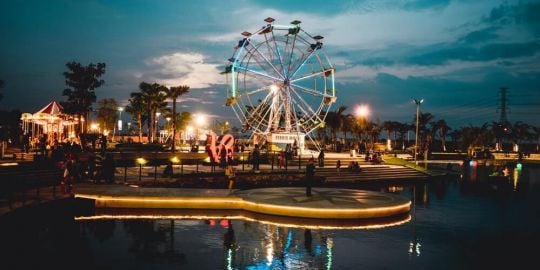I've been looking around online for a multipoint water heater for use in the Philippines and whilst there are a few in the market, it's very difficult to try and establish which is a good and reliable brand. Many of the reviews are very limited.
If anyone has any experiences they could share it would be much appreciated.









